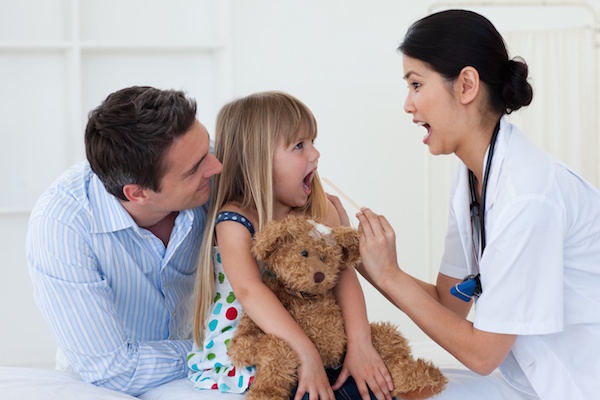THURSDAY, June 2, 2016 (HealthDay News) — Social media “likes” appear to have a powerful effect on the teen brain, new research suggests.
Getting a large number of likes on their own photos or the photos of their peers activated the same brain circuits turned on by such things as eating chocolate or winning money, the study found.
“When the teens saw their own photos with a large number of likes, we saw activity across a wide variety of regions in the brain,” said study lead author Lauren Sherman, a researcher in the University of California, Los Angeles’ Ahmanson-Lovelace Brain Mapping Center.
The study included 32 teens, 13 to 18 years old, looking at social media. They had functional MRI (fMRI) scans while looking at photos and the number of likes the photos received. Each of the teens submitted 40 of the photos they were shown while undergoing fMRI. In reality, the researchers controlled the number of likes each photo received, but this was not revealed to the teens.
During the test, one especially active region was a part of the brain’s reward circuitry, which is believed to be particularly sensitive during adolescence, Sherman explained.
When the teenagers saw their photos with a large number of likes, there was also activation in brain regions known as the social brain and those linked to visual attention, the researchers said.
The researchers also found that when teens were deciding whether to indicate they liked a photo, they were highly influenced by the number of likes the photo already had.
“We showed the exact same photo with a lot of likes to half of the teens and to the other half with just a few likes,” Sherman said in a UCLA news release. “When they saw a photo with more likes, they were significantly more likely to like it themselves. Teens react differently to information when they believe it has been endorsed by many or few of their peers, even if these peers are strangers.”
In real life, the influence of friends on teens is likely to be even stronger, according to study co-senior author Mirella Dapretto, a professor of psychiatry and biobehavioral sciences at UCLA’s Semel Institute of Neuroscience and Human Behavior.
“In the study, this was a group of virtual strangers to them, and yet they were still responding to peer influence; their willingness to conform manifested itself both at the brain level and in what they chose to like,” Dapretto said.
“We should expect the effect would be magnified in real life, when teens are looking at likes by people who are important to them,” she added.
Many teens and young adults befriend unfamiliar people online, and that should concern parents, Dapretto said.
“That opens up the possibility of a child being more influenced by people who may engage in more risk-taking behavior than your child or your child’s immediate friends,” she said.
Study senior co-author Patricia Greenfield is director of UCLA’s Children’s Digital Media Center, Los Angeles, where Sherman is also a researcher. “Parents used to know their child’s friends, but when they have several hundred friends, there’s no way parents can know who they are,” Greenfield said.
The study was published May 31 in the journal Psychological Science.
More information
The American Psychological Association has more about social media and kids.
Copyright © 2025 HealthDay. All rights reserved.

